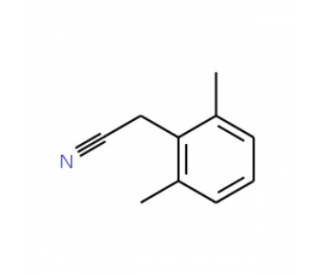详细说明
Species Reactivity
Human
Specificity
Detects human Cathepsin V in direct ELISAs and Western blots. In direct ELISAs and Western blots, no cross‑reactivity with recombinant human Cathepsin B, C, F, L, O, S, or Z is observed. This antibody specifically identifies the pro form but not the active form of Cathepsin V in Western blots.
Source
Monoclonal Mouse IgG 2B Clone # 182021
Purification
Protein A or G purified from hybridoma culture supernatant
Immunogen
Mouse myeloma cell line NS0-derived recombinant human Cathepsin V
Val18-Val334
Accession # O60911Formulation
Lyophilized from a 0.2 μm filtered solution in PBS with Trehalose. *Small pack size (SP) is supplied as a 0.2 µm filtered solution in PBS.
Label
Unconjugated
Applications
Recommended
ConcentrationSample
Western Blot
1 µg/mL
Recombinant Human Cathepsin V (Catalog # )
Immunoprecipitation
25 µg/mL
Conditioned cell culture medium spiked with Recombinant Human Cathepsin V (Catalog # ),
Please Note: Optimal dilutions should be determined by each laboratory for each application. are available in the Technical Information section on our website.
Preparation and Storage
Reconstitution
Reconstitute at 0.5 mg/mL in sterile PBS.
Shipping
The product is shipped at ambient temperature. Upon receipt, store it immediately at the temperature recommended below. *Small pack size (SP) is shipped with polar packs. Upon receipt, store it immediately at -20 to -70 °C
Stability & Storage
Use a manual defrost freezer and avoid repeated freeze-thaw cycles.
12 months from date of receipt, -20 to -70 °C as supplied.
1 month, 2 to 8 °C under sterile conditions after reconstitution.
6 months, -20 to -70 °C under sterile conditions after reconstitution.
Background: Cathepsin V
Cathepsin V, also known as cathepsin L2 and cathepsin U, is a lysosomal cysteine protease expressed in the thymus, testis, and corneal epithelium. It may play a role in tumor progression since it is expressed in colorectal and breast carcinomas but not in normal colon, mammary gland, or peritumoral tissues. Additionally, it may be involved in corneal physiology. The amino acid sequence of human Cathepsin V shares 99%, 83% and 76% identical with that of chimpanzee, dog and mouse/rat, respectively.
Entrez Gene IDs:
1515 (Human)
Alternate Names:
Cathepsin L2; Cathepsin U; Cathepsin V; CATL2; CTSL2; CTSUcathepsin L2, preproprotein; CTSVMGC125957; EC 3.4.22; EC 3.4.22.43











 粤公网安备44196802000105号
粤公网安备44196802000105号